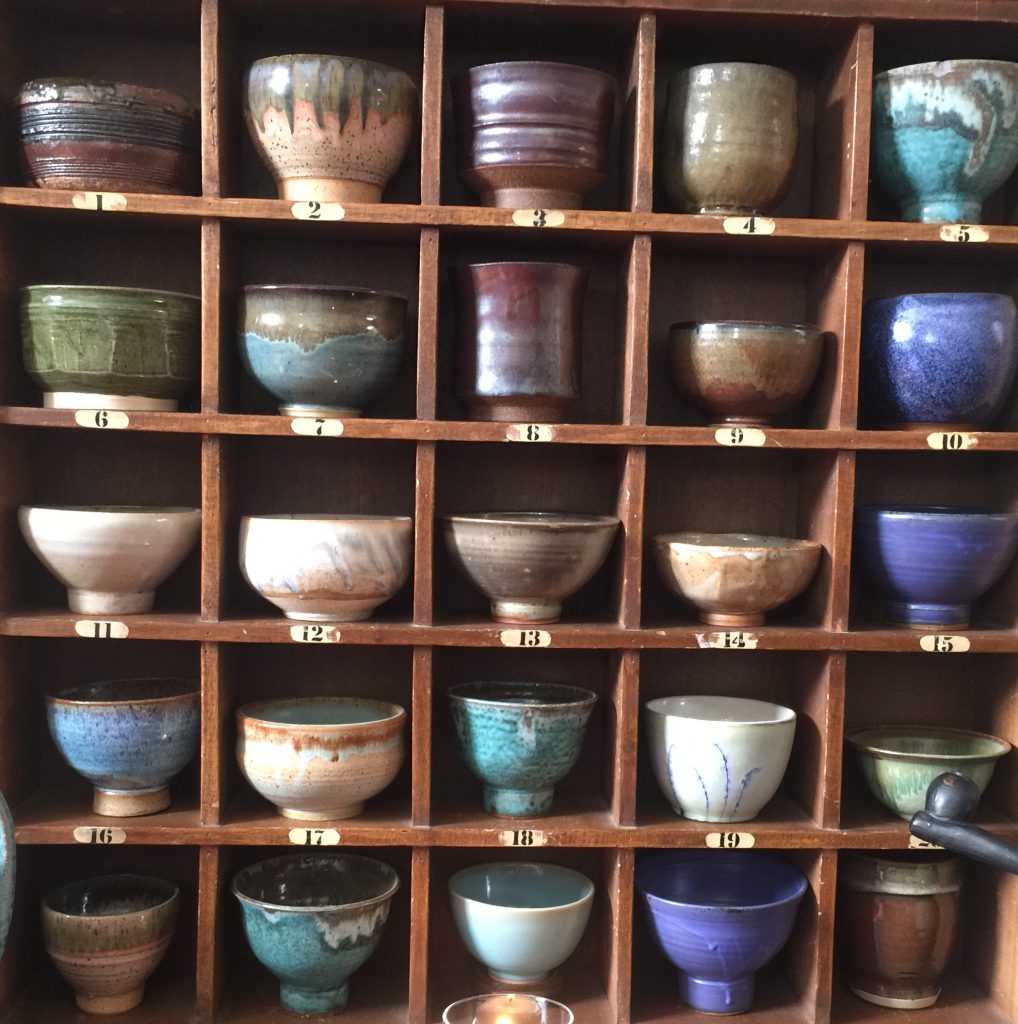This originally appeared as part of the Daily Sip, a website from Charles LaFond, a spiritual companion, author, potter and fundraiser who lives on the edge of the sea with his dog Kai. offering regular meditations and reflections on spirituality and church fundraising
Your joy is your sorrow unmasked. And the selfsame well from which your laughter rises was oftentimes filled with your tears. And how else can it be? The deeper that sorrow carves into your being, the more joy you can contain. Is not the cup that holds your wine the very cup that was burned in the potter’s kiln?”
This quote from a favorite author and mystic is simultaneously true and deeply annoying.
As a potter, I know the tremendous violence which a piece of clay goes through to become a cup that brings cool water to parched lips. Mine and those of others. This lovely, elastic clay is elastic and moldable precisely because the ancient goo, which makes it sticky and malleable, is death. Clay, at its molecular level, is simply gazillions of microscopic bits of sand between which is the goo from dead things. The more the clay ages, the better, the more sticky it is. The more old-death in it, the better it is for the potter’s use. The dead things – leaves, fish, wood, bits of decomposing flesh – they all float to rivers and lakes where they sink to the bottom along with bits of sand from eroded rocks.
Then, a few million years later they become clay for a potter. And the first thing a potter does after making a cup on her pottery wheel, is to dry the clay – killing the living, rotting goo. Then the cup is fired in the kiln, burning the goo-remains into gasses and leaving small holes in the cup’s wall.
Then glaze (bits of glass with oxides) are dipped onto the cup and the second firing in the kiln is even hotter, melting the clay, collapsing the holes, and the melting the glaze, to become the beautiful and shiny pot you hold in your hand. Clay which holds water. At the height of the firing, the fire will reach 10 feet into the air and will burst 5 inches out the sides of the kiln in any cracks. It is violent. It is primordial. It is frightening to watch. Dangerous to handle. It is the process. Violence and then, beauty and usefulness.
Perhaps there are so many references in our scriptures and those of other traditions, to the potter and the clay because the metaphor works. We are molded by strong, unseen hands which are called various names by various religious traditions and even by none. The kiln burns our deaths; our pain-bodies, those of past family, and those of the experience of our present abusers. The resulting sorrow is then transfigured by the same unseen hands. Creation and re-creation.
I hate experiencing the agony of my own suffering. But I do believe, as infuriating as it may be … and it so often is infuriating … that the cuts of my griefs as I experienced life are indeed crevasses which are deep, sure foot-holds of climbing joy.
So we suffer. And we climb. Both. We become the cup.
No sorrow = no joy. What a strange equation.

